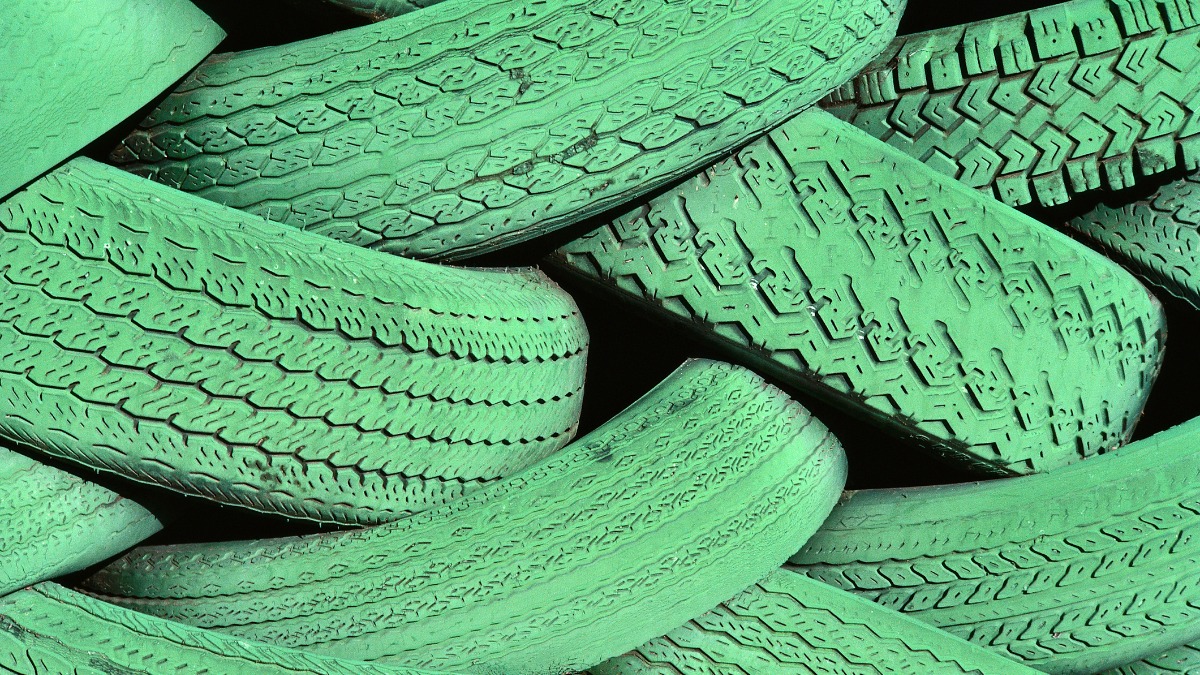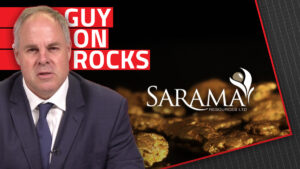Special Report: With a $2 million capital raise completed and another $4 million raise already under way, Sable Rubber Technologies is on track to IPO in the coming 12 months and transform a rapidly expanding but under the radar industry.
Based on a robust business model and innovative technology, Sable’s aiming to tap into accelerating demand for recycled rubber and likely offer carbon credits to other sectors as it contributes to a more sustainable future.
Backing the emerging market leader’s plans with capital are institutional funds Sequoia, Lodge Partners and sophisticated private investors. At the same time Sable has umbrella agreements with top-tier universities to establish the viability of its new technology.
Rubber’s hidden costs and opportunities
Rubber waste, especially from non-biodegradable end-of-life tyres, is a massive environmental challenge. It also offers significant economic opportunity.
The disposal of tyres through incineration releases toxic pollutants, including CO2, zinc and chlorine, that harm air quality and public health.
The alternatives, end-of-life tyres disposed in landfill or exporting the problem from Australia to countries with less stringent emissions controls, only exacerbates global environmental problems.
The solution is to recycle and that market is growing.
As the world races to meet its net zero goals, the rubber recycling market is forecast to be worth US$4.7 billion by 2032 with a global compound annual growth rate of 2.8%.
Sable’s breakthrough
Despite some recycling initiatives, a substantial portion of tyres still end up being incinerated.
Sable is solving these critical issues with its patented and ground-breaking recycling technology that sets a new standard for environmental sustainability in the industry.
Its tech involves a low-temperature process that has been proven to significantly reduce the ash content and eliminate the release of harmful chemicals into the atmosphere.
CEO Reuben Hanson said: “Our technology is the equivalent of comparing VHS tapes to digital streaming. Traditional methods like pyrolysis burn rubber at very high temperatures, producing a lot of ash and harmful emissions, plus using vast amounts of energy.
“Our process operates at lower temperatures and yields cleaner outputs, therefore making a significant positive environmental impact.
“It not only improves on current solutions but also offers higher quality outcomes and increased efficiencies.”
Sable is now aiming to scale up the technology so it’s commercially viable each step along the business’ growth path, right through to the highest cost products it can offer.
These include advanced products such activated carbon – a form of carbon widely used to filter contaminants from water and air. The company also hopes to produce graphene, which is increasingly being used in clean energy storage.
“We’ve identified a problem, developed a solution, and proven our technology,” Hanson says. “Now, it’s about scaling and getting this technology to work at its optimum level. As we work towards this goal we’re being relentless in our pursuit of continuous innovation.
“Our financial strategy is focused on being a market leader in commercially viable rubber recycling while making a positive environmental impact.”
As part of its growth plans Sable aims to expand its current plant capacity to process three tonnes an hour. This will be done via scaling up the size of its specialised Pyrolux Apparatus units to produce recycled Sable Black – Sable’s recovered carbon black product.
Carbon black is an essential component in the production of tyres, other rubber goods, plastics, and coatings, which means rCB offers a much more sustainable alternative to virgin carbon black.
“Our initial goal is to build two five-tonne plants across Australia, then realise potential licencing opportunities in cities with populations of over 2.8 million in other developed countries.”
“The overarching mission is to improve efficiencies and process materials using circularity and sustainability,” Hanson says.
“We aim to deliver products from a chemical-free and steel-free environment, ultimately contributing to a healthier planet. These recycled products are used in a diverse range of applications, including road construction, agriculture and mining, which showcase their versatility and effectiveness.”
Carbon credit
An added advantage for Sable is that its process can potentially provide verifiable carbon credits that can help other businesses and individuals offset their carbon footprint.
“SableCredit harnesses advanced recycling technologies that can transform tyre waste into valuable resources,” Hanson says.
“Our process underscores a dual benefit: mitigating tyre waste while actively contributing to the reduction of atmospheric CO2 levels.”
Expertise and circular vision
Hanson brings with him 25 years of experience in leading significant growth in private and owner-operated firms. Backing him is a team with expertise in investment banking, business strategy and corporate law, ensuring a robust foundation for Sable’s goals.
“Our vision is clear,” Hanson concludes.
“We want to leave a beautiful fingerprint for our children and future generations. By advancing our technology and scaling our operations, we are creating a circular economy for rubber that benefits the environment, society, and our stakeholders. The future of rubber recycling is green, and Sable is leading the way.”
This article was developed in collaboration with Sable Rubber Technologies, a Stockhead advertiser at the time of publishing.
This article does not constitute financial product advice. You should consider obtaining independent advice before making any financial decisions.
The post Sable heads to IPO as its taps into rubber recycling market appeared first on Stockhead.






















